Leasehackr Calculator
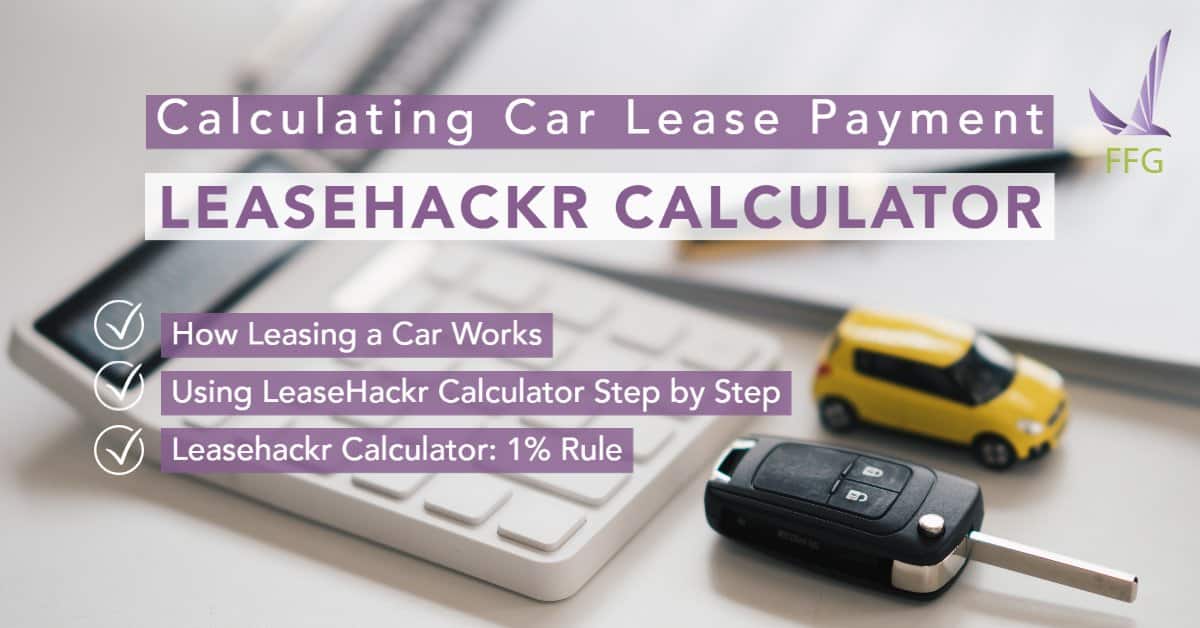
Leasing a car is not typically a sound financial decision. However, if you’ve decided this is the way to go, this article is for you. Here, you’ll find out how leasing works and how to calculate your car lease payment with the help of the Leasehackr Calculator.
Table of Contents
How Leasing a Car Works
Let’s assume the car you want to lease costs 60,000 dollars and needs it for three years. The dealer says this car will cost 30,000 dollars in three years. This is its residual value.
The residual value is the cost of a car in dollars at the end of the lease term.
- Subtract it from the cost of the car: $60,000-$30,000=$30,000. Instead of the car’s total price, you’ll pay $30,000.
- Divide it by 36 months and add the sales tax (the tax in Ontario is 13%): $30,000 / 36 months * 13% = 941.666…
Thus, you must pay around $941 monthly to use the car. However, the vehicle doesn’t belong to you, and you are to bring it back to the dealership at the end of the lease.
Even though the idea is straightforward, there are various fees, rebates, and incentives—for example, acquisition fees, disposition fees, dealer fees, manufacturers’ rebates, and others. The dealers use all these things to earn money because they don’t make money on new cars. That’s why calculating the actual car lease payment is much more complicated.
How to Estimate the Car Lease Payment with Leasehackr Calculator
The Leasehackr calculator is a popular tool for calculating lease payments. On the website, you can also find forums where people share real car deals. Let’s look at one of the actual deals for an Audi and go over each item in the calculator for you to make an educated choice.

Leasehackr.com (Screen Capture)
Questions to Keep in Mind
While going through the Leasehackr calculator, keep in mind the following questions:
- What happens with your money if the car gets destroyed or stolen?
- Is it possible to get out of the lease earlier by transferring it to somebody?
- What number does the sales tax apply to? For example, in Ontario, the sales tax is 13%. It changes your monthly payment significantly depending on the number it applies to.
Using LeaseHackr Calculator Step by Step
-
The first item in the calculator is Make.
Choose the right brand from the drop-down menu.

For Bently, it’s $995. That’s why it’s important to know what manufacturer you’re going with and what fees they have.
-
Type in the MSRP Price, which is a sticker price or suggested manufacturer’s price.
Your residual value will be calculated based on this number. For example, here, it is 57%.
-
Then specify the Selling Price.
What is very important about the selling price is that you should make sure that this number doesn’t include any incentives.
Sometimes dealers present the price in a very creative way. It was a real-life example when they told the car price without mentioning that it already included the tax savings for the trade-in. That’s why separating the selling price from the incentives is essential to calculate the sales tax and ensure you’re not counting the motivation twice.
-
The following section is the Lease Numbers.

Leasehackr.com (Screen Capture)
- Months is for how long you are going to take the car. With financing, the longer you finance a vehicle, the lower your monthly payment is. This is because you take the same amount of money and break it down into more months. With leasing, the situation is different. If you lease a car for a longer term, the residual value will decrease. That means you’re financing more money, pushing the monthly price up. So, the relationship between the number of months and the monthly payment is less direct than financing.
- Miles/Year is how many miles you plan to drive the car per year. The lower miles you have, the higher the residual value is. This means that your monthly payment gets lower. If you’re driving higher miles, the residual value decreases and your monthly payment increases. This means that you can get a low monthly deal. Remember!!! Each mile you exceed the limit will cost you money at the end of the lease.
- Residual Value is a crucial data point because you will be financing the remaining amount, and all calculations are based on that number. That’s why you should research it properly. It is not usually available on the manufacturers’ websites. That’s why such forums as Leasehackr or Edmunds are good places to see the real deals and actual residual values. When comparing the residual values on forums, ensure that your months, miles, or kilometres are the same. If your miles per year are higher, the residual value will decrease because you’ll drive more.
- Money Factor is a somewhat confusing term if seen for the first time. This is a convoluted way of expressing the interest rate.
The money Factor is the financing charge a person will pay on a lease. It is similar to the interest rate paid on a loan and is also based on a customer’s credit score. It is commonly depicted as a very small decimal.
You should multiply the money factor by 2400 (MF x 2400 = APR). You’ll get the APR that is easier to understand. For example, MF: .00099×2400=2.38% APR.
The higher the APR is, the more you pay in the interest cost, and the higher your monthly payment is. That is the point where dealers tend to make money by upselling other credits they have. That’s why it’s essential to be attentive here.
- Multiple Security Deposit (MSD) is a refundable deposit you’ll get back at the end of the lease.
A multiple Security Deposit (MSD) Program is the sum you pay before leasing a car to protect the leasing company against damage to the vehicle or nonpayment of the lease.
That’s not a down payment. The benefit to you is that your APR gets reduced. For example, the APR is 4.15%, but after you add a refundable deposit, the APR becomes 3.07%. So, you’re saving 1.08%: 4.15%-3.07%=1.08%.

Leasehackr.com (Screen Capture)
But you’ll have to put $4,050 for that. We wouldn’t pay it because it’s a refundable deposit, not a down payment.

Leasehackr.com (Screen Capture)
Now let’s go back to our questions.
- What happens if the car gets wholly totalled or stolen? Even if you have gap insurance, will you get this deposit back? That depends on the manufacturer, but no single one we looked at gives the deposit back.
- If you ever want to transfer your lease, will anybody pay you $4,050 to take over the lease? Most likely, you are not going to get it back.
As you can see, you can save 1.08% by giving $4,050 to the dealership. However, you could have efficiently invested that money somewhere, for example, in the stock market. You’ll probably get 5 to 6 percent, even with the volatile economy. Thus, the risk is not worth the reward at all. You’re not winning anything. You’re saving a little bit on the APR, but you could make more money with this sum if you have it. Our opinion is that we should go with a zero MSD payment.
-
Cap Cost Adjustments.

Leasehackr.com (Screen Capture)
- There is an option to give a Down Payment. If you do this, you finance less, lowering your monthly payments. Psychologically you like this more down monthly payment. However, let’s turn to our questions again. 1. What happens if the car gets destroyed? Will you call this down payment back? No, you won’t, even if you have gap insurance. 2. If you want to transfer the lease to anybody, will they pay you your down payment back? No, they most definitely won’t do this. Thus, a down payment has no benefit except saving a little on the interest cost. That’s why if you have this money, you’d better invest it somewhere and ensure you don’t lose it if something happens with the car. OK, we’ll make a down payment of zero.
- Tax Incentives. This can be a bit complicated but very important to understand. They give some examples. You get this if you lease from the manufacturer you already have.
You might think you should subtract the tax incentive from the sales price. But you should understand that the sales tax will apply to the whole number of the selling price even though you get cash back or something else. So, you need to reduce that incentive by the tax.
- Untaxed Incentives.
These incentives reduce the selling price. You don’t only get the rebate but pay a lower sales tax. You need to understand the difference between the two kinds of incentives and know what goes where because your sales price will decrease or increase depending on how the sales tax is applied.
- Zero Drive-Off. There are fees, taxes, and rebates that you can’t avoid. If you click that button, all these things will roll over into your monthly payment.
-
Leasehackr Calculator with Fees, Taxes, and Rebates.

Leasehackr.com (Screen Capture)
- Acquisition Fee. The Leasehackr calculator pulls it based on the brand. You really cannot go around not paying this fee. When you see an ad like Zero Percent Down or $300 Per Week or something like that, there are still fees that you have to pay, which are cash out of pocket.
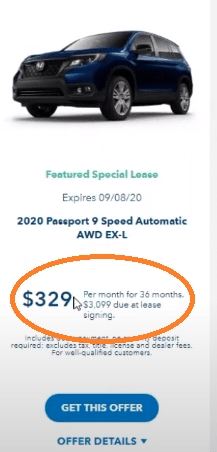
Leasehackr.com (Screen Capture)
- Dealer Fees.
This is what you can negotiate. If you buy some excessive wear and tear insurance or any upgrades, you can add them here.
- Government Fees. Usually, they’re untaxed.
- Sales Tax. It can be different.
- Option to Change How the Sales Tax Is Applied.
This differs by state or province. Most of them add it to your monthly lease payments. Before you calculate, do your research to see how it works.
- Post-Sale Rebates. That’s like a check you would get after the sale. It’s not going to reduce the sales price.
-
The Results.

Leasehackr.com (Screen Capture)
- Pre-Tax Monthly Payment is obvious.
- Monthly Payment with Tax is the number you get when adding the sales tax.
- Drive-Off. You’ll see the following if you don’t enable Zero Drive-Off in Cap Cost Adjustments.
You can ask if it’s worth clicking it off. We think yes because you’re not putting anything out of pocket. The downside is that you have a slightly higher monthly payment and increased interest costs. But in this case, you’re not risking anything if the car gets totalled or stolen. A little extra interest cost is worth the reward of not putting anything out of pocket. You’d better invest this money in the stock market or saving account. It’s better than paying the dealership.
- Disposition Fee is what you need to pay when you return the car. Put it in your spreadsheet when you do the calculation.
- Post-Sale Rebate is the cash you will get. It won’t affect the sales tax.
- Total Lease Cost. What they do is multiply the pre-tax monthly payment by your term. That’s what you’ll pay when the time is over. This money goes nowhere because you don’t own the car, and you return it. Of course, if you would have bought the car, your car would have depreciated anyway. The lease is better if the car depreciates more than this total lease cost after the term ends.
- Leasehackr Score. Their algorithm gives your score on how good your lease deal is.
Now you know how to use this Leasehackr calculator. Before approaching the calculator, research to find the most accurate numbers possible. If you’re plugging in crappy numbers, you’ll get a crappy result that has nothing to do with the actual payment.
Leasehackr Calculator: 1% Rule
Now when you’re trying to come up with the monthly payments, and you’re trying to figure out if it’s competitive, there’s a rule of 1% in the Leasehackr community.
1% Rule: A concept of dividing the monthly payment by the MSRP sticker price of the car. The better the deal if the result is close to 1% or less.
The rule is if you can pay one percent per month of an MSRP price, that’s a good deal. So, it’s a little benchmark for you.
Last Updated: May 12, 2023













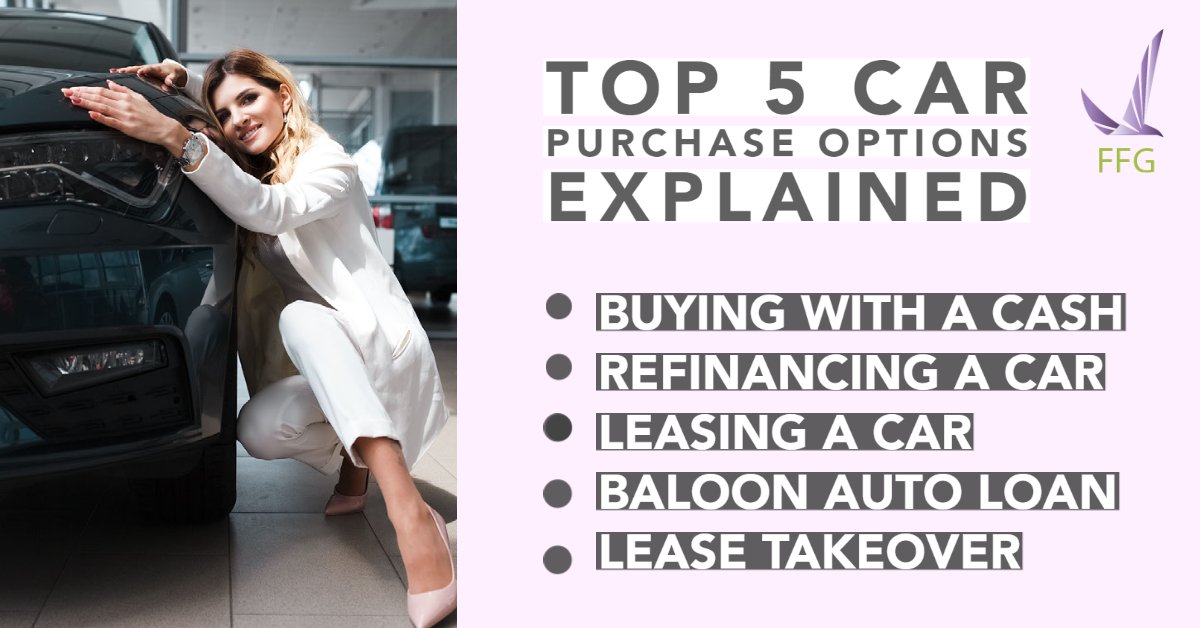
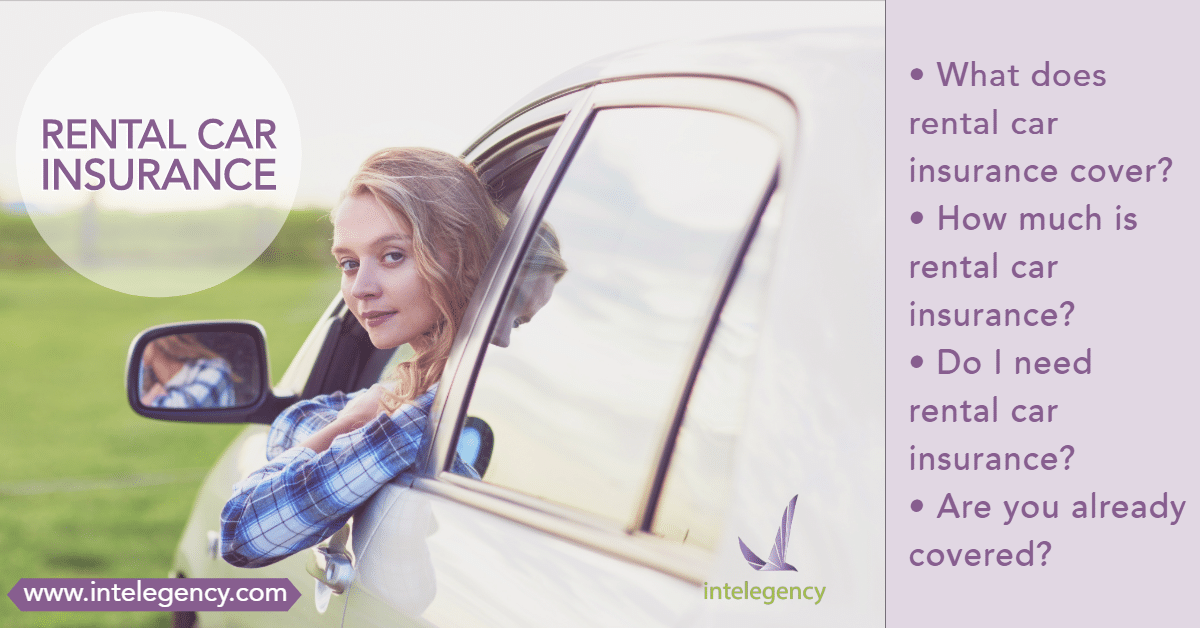
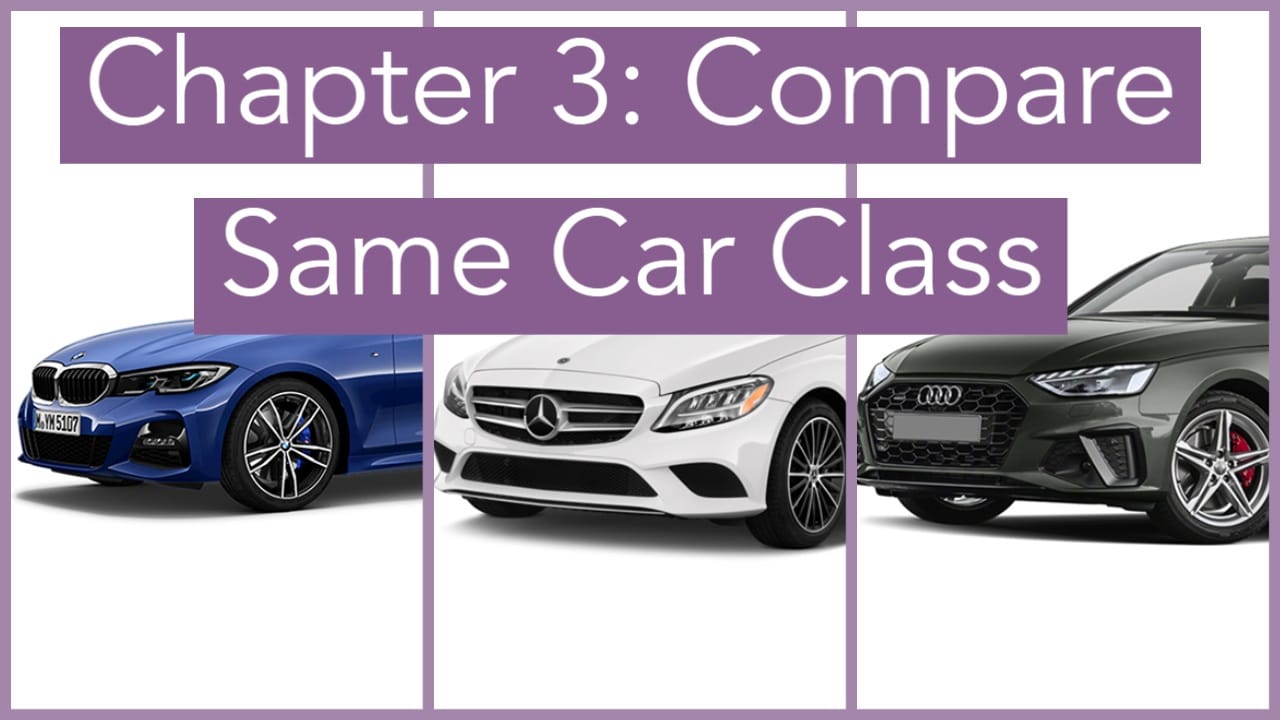
A very good explanation, thank you. My sister and her husband always lease and I had a sister-in-law that did. The biggest catch I can think of really is that #1 you have to pay for premium insurance for full coverage and #2 you have restricted mileage on the car. So if you end up driving it more or farther than planned, you will have added expenses to the lease. It seems like they give you plenty of miles, however, my parents were having health problems and my sister ended up going to their house and taking them to myriads… Read more »
If you go over, but buy out your lease they won’t charge you for the miles. And also when we were over our dealer was going to waive our mileage overage if we leased a new vehicle with them. Ultimately I just didnt like the new models as well and we bought what we had.
I leased a car right out of college and between moving a few times and changing jobs it was way too easy to run up the mileage.
I ended up buying an older vehicle after that, same (ish) monthly payment amount but no mileage limits, cheaper insurance too. Plus actually eventually having a car owned outright without payments!
A lease is such a waste of money. You pay so much every month and then in the end, you have to return the car and then start all over with payments on another car. If you buy, you’re paying that same amount of money and get to keep the car so you’re getting your money’s worth.
We’ve just started leasing one ~ it’s the best thing ever. We have a brand new car and don’t have to worry about depreciation. My hubby does so many miles a year he’d be getting it serviced every 9 months. No running costs and no worries if it breaks down or needs something major doing like we’ve had with cars we’ve owned!
I have 840 on my credit score, but after hearing all the pros and cons of leasing payment, I decided to buy a car
In our time it is a good question to think over. I have a friend paying $300 a month for a leased car, but he hasn’t really been able to go anywhere since the start of the pandemic. Basically a total waste of money for him for as long as this lasts.
One of our cars lease is up in july and we are over miles, i was just curious if we turned it in early if we would have to pay a turn in early fee and/or mileage overage fees. we are planning on leasing another car because the buyout is more than the car is worth. just trying to make the best financial decision.
Miles is a very important issue to consider. Very often striving to decrease the monthly payment on car lease and underestimate it. you are right in underlining the fact that every extra mile will cost o fortune at the end. I lease at the moment but im goimg to buy as i hardly do any miles
Good explanation, than you. I’ve leased for 12 years everything is included with maintenance with the car tax and insurance I’m with ford at the moment and it suits me
My only issue with leasing is you put money into a car and at the end of the lease you have nothing. In my opinion it is best to make payments towards something that becomes yours
I lease a brand new Ford Focus St Line. I could never afford to buy such an expensive car without leasing. At the end of the two years, I just give it back and get a different car. It’s cheaper than getting finance
You will technically be losing money by leasing in general. Paying so much a month for a few years to have nothing at the end of it.
Can you explain please when dealerships multiply the MSRP with the residual percentage, they take the MSRP before or after the taxes?